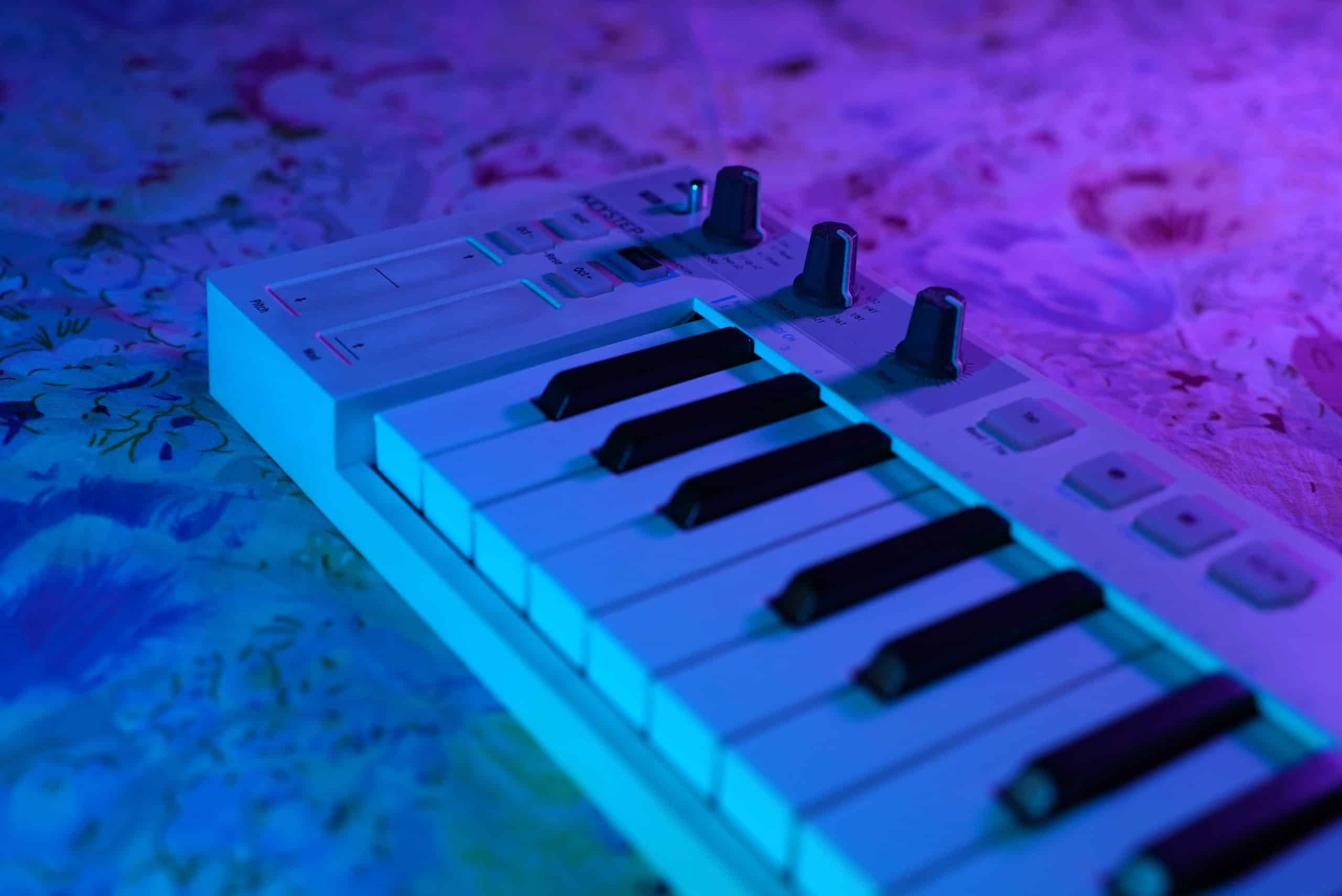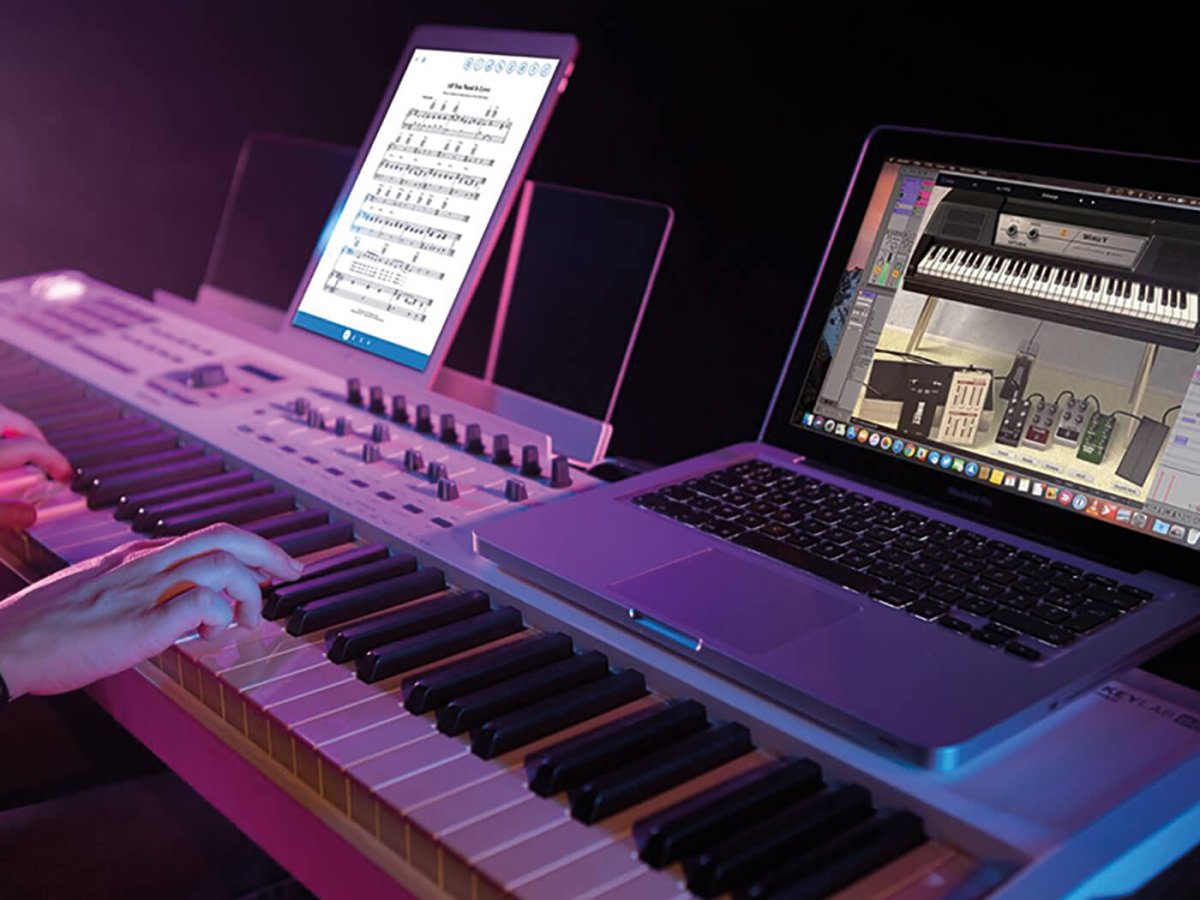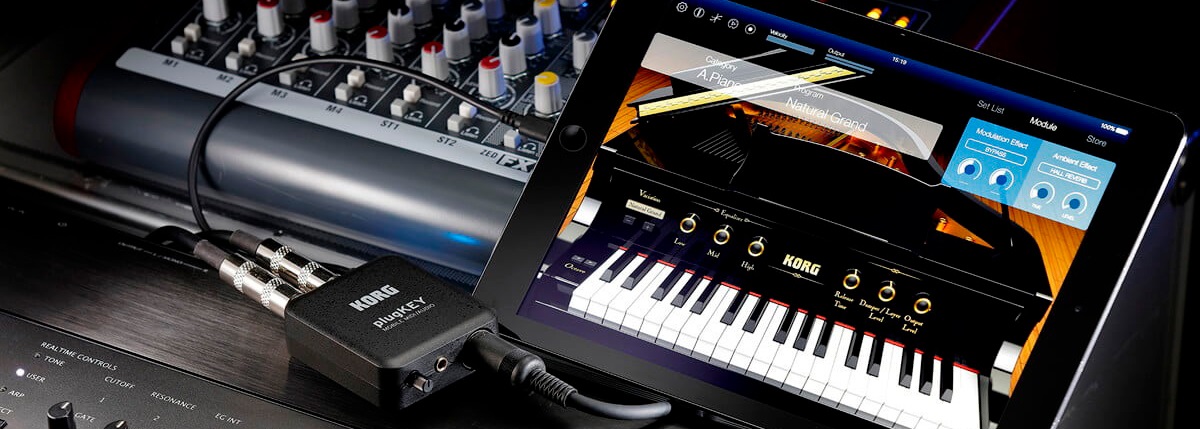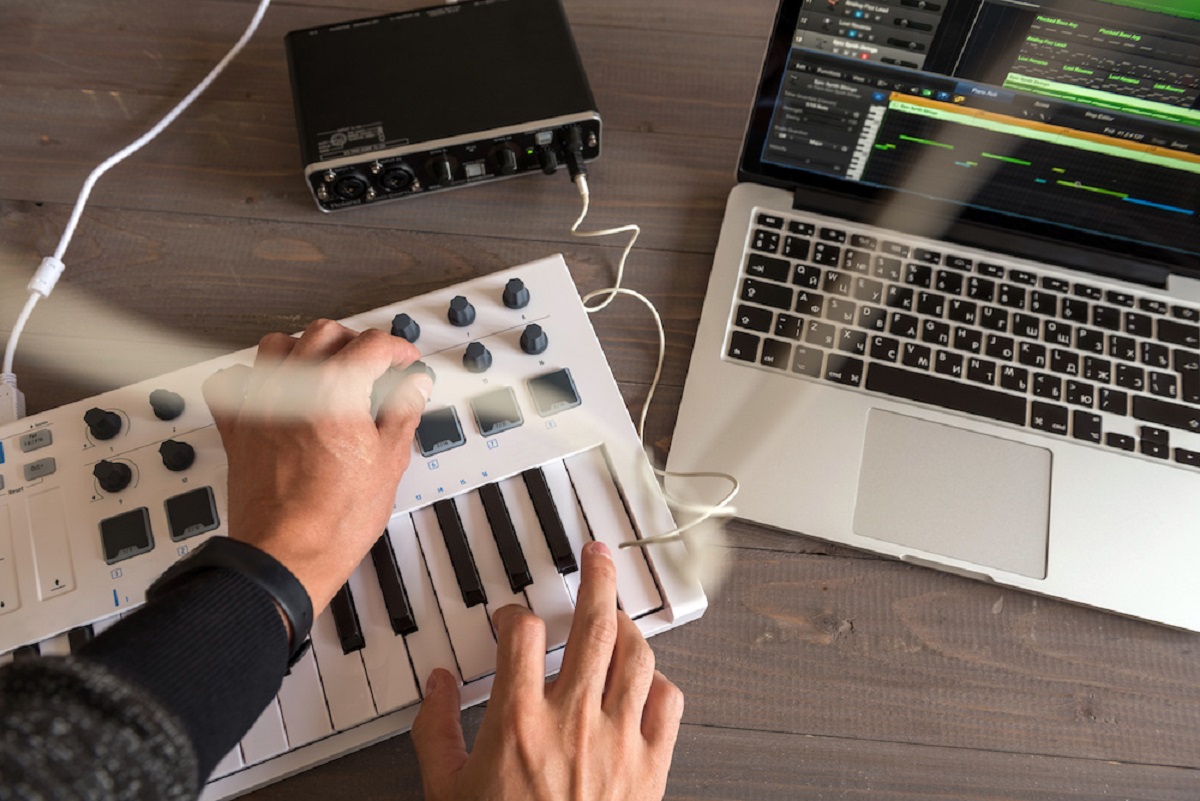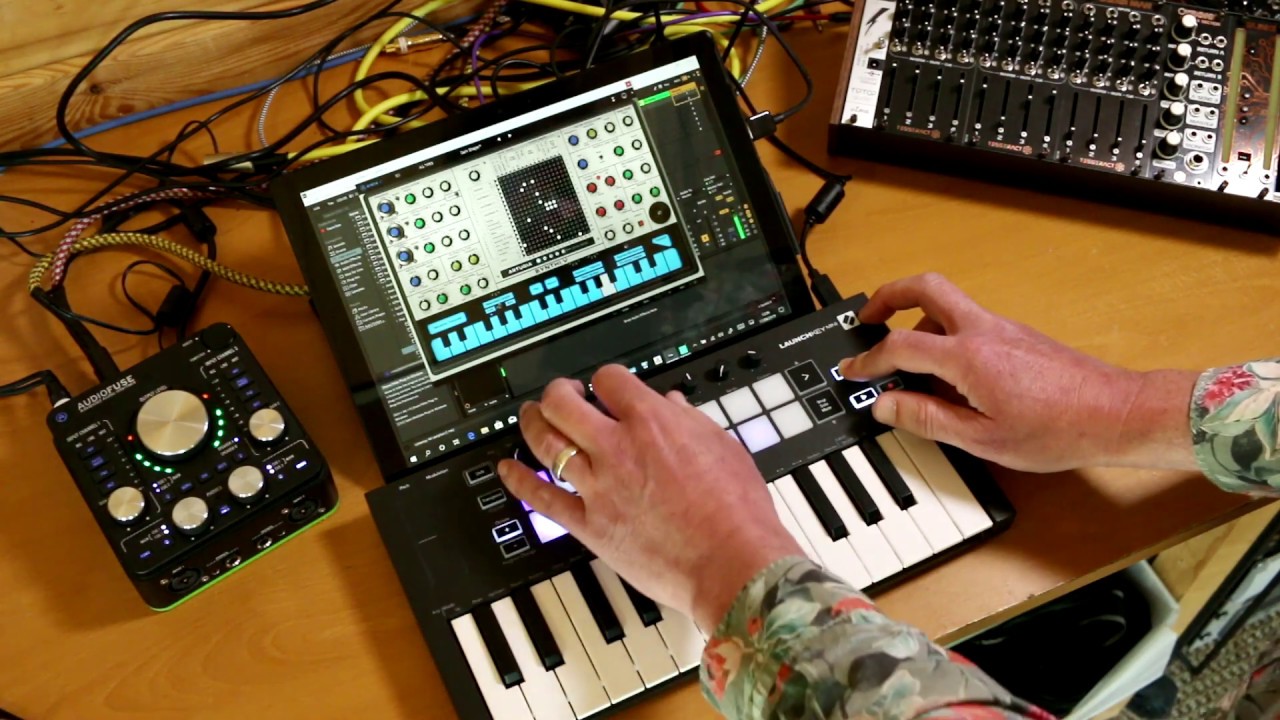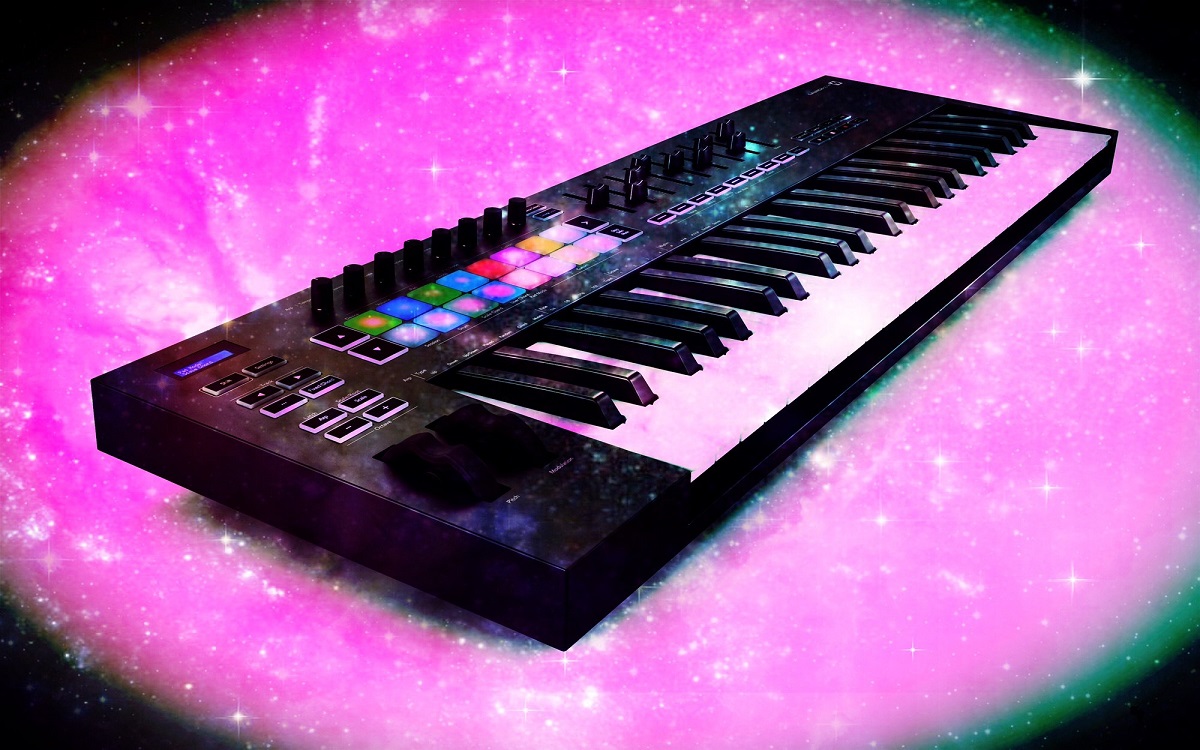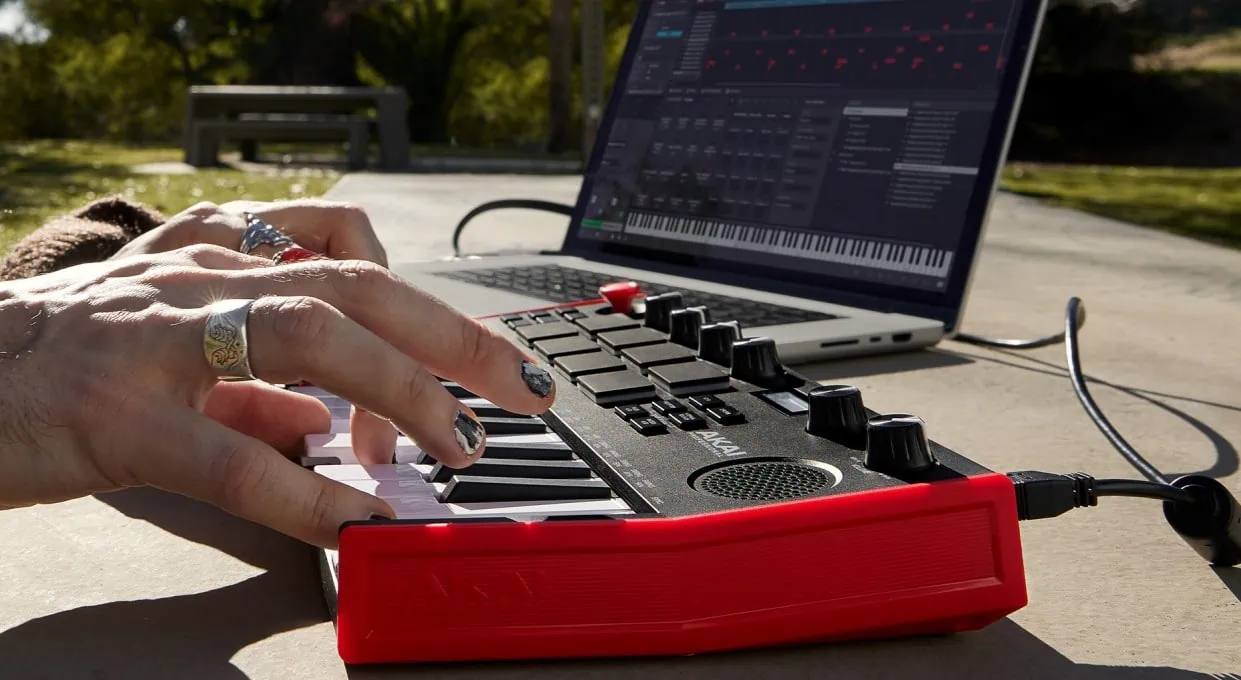Introduction
Understanding MIDI and Its Application in Reaktor
Are you ready to elevate your music production game by integrating your MIDI keyboard with Reaktor? This powerful combination enables you to unleash your creativity and produce music with unparalleled depth and complexity. In this guide, we will explore the seamless process of connecting your MIDI keyboard to Reaktor, allowing you to harness the full potential of this dynamic duo.
MIDI, short for Musical Instrument Digital Interface, serves as the communication language for electronic music devices. It facilitates the transmission of musical data, such as note signals, pitch, velocity, and control signals, between various digital instruments and devices. When you connect your MIDI keyboard to Reaktor, you open a gateway to a world of limitless musical possibilities.
Reaktor, a revolutionary software synthesizer and sound design tool developed by Native Instruments, empowers musicians and producers to craft innovative and immersive sounds. By integrating your MIDI keyboard with Reaktor, you can harness its extensive library of instruments and effects, manipulate sound structures, and create unique musical compositions with unparalleled precision and depth.
In the following sections, we will delve into the intricacies of MIDI connectivity and guide you through the process of seamlessly integrating your MIDI keyboard with Reaktor. Whether you are a seasoned music producer or an aspiring musician, this comprehensive guide will equip you with the knowledge and tools to unlock the full potential of your MIDI keyboard within the dynamic realm of Reaktor. Let's embark on this musical journey and explore the seamless fusion of hardware and software that will elevate your music production experience to new heights.
Understanding MIDI and Its Role in Music Production
Before delving into the technical aspects of connecting your MIDI keyboard to Reaktor, it is essential to grasp the fundamental concepts of MIDI and its pivotal role in modern music production. MIDI, which stands for Musical Instrument Digital Interface, serves as a universal communication protocol that enables electronic musical instruments, computers, and other devices to communicate and synchronize with each other. Unlike audio signals, MIDI does not transmit sound; rather, it transmits data related to music performance, such as note information, pitch, velocity, and control signals.
One of the key advantages of MIDI is its versatility and compatibility across a wide array of musical devices. Whether you are using a MIDI keyboard, synthesizer, drum machine, or digital audio workstation (DAW), MIDI provides a standardized language for these devices to communicate and interact seamlessly. This interoperability allows musicians and producers to integrate diverse hardware and software components into their music production setup, fostering creativity and flexibility in the creative process.
When you press a key on your MIDI keyboard, a series of MIDI messages are generated and transmitted to your computer or MIDI-equipped hardware. These messages include note-on and note-off commands, velocity data (indicating how forcefully a key is pressed), and other performance parameters. In the context of Reaktor, these MIDI messages serve as the bridge between your physical keyboard and the digital realm, enabling you to trigger sounds, manipulate parameters, and interact with the software in a tactile and expressive manner.
Furthermore, MIDI facilitates real-time performance and recording, allowing musicians to capture their expressive nuances and musical gestures with precision. Whether you are recording a live keyboard performance or programming intricate sequences, MIDI empowers you to capture and manipulate musical data with unparalleled accuracy and flexibility.
As we proceed to connect your MIDI keyboard to Reaktor, understanding the underlying principles of MIDI will provide you with a solid foundation for harnessing the full potential of this powerful integration. By leveraging the capabilities of MIDI, you can embark on a musical journey that transcends traditional boundaries, unleashing your creativity and shaping sonic landscapes with boundless possibilities.
Connecting Your MIDI Keyboard to Your Computer
Before immersing yourself in the captivating realm of Reaktor, it is essential to establish a seamless connection between your MIDI keyboard and computer. This pivotal step lays the foundation for integrating your physical instrument with the digital domain, enabling you to harness the expressive capabilities of your MIDI keyboard within Reaktor’s immersive environment.
The first step in this process involves connecting your MIDI keyboard to your computer using a MIDI interface or a USB connection, depending on the available connectivity options of your keyboard. If your MIDI keyboard features traditional MIDI ports, you will need a MIDI interface to facilitate the connection to your computer. Alternatively, if your keyboard is equipped with a USB port, you can directly connect it to your computer using a USB cable.
Once the physical connection is established, you will need to ensure that your computer recognizes the MIDI input from your keyboard. In most cases, modern operating systems automatically detect MIDI devices and install the necessary drivers. However, it is advisable to check the manufacturer’s instructions and download any required drivers or software updates to ensure seamless compatibility and functionality.
After confirming that your MIDI keyboard is successfully connected to your computer and recognized as a MIDI input device, you are one step closer to unlocking its potential within Reaktor. The next phase of this journey involves configuring Reaktor to receive MIDI input from your keyboard, allowing you to trigger sounds, manipulate parameters, and engage in expressive musical interactions.
As you embark on this transformative process, the seamless connection between your MIDI keyboard and computer serves as the conduit through which your musical expressions flow into the captivating realm of Reaktor. By establishing a reliable and responsive connection, you lay the groundwork for a harmonious fusion of hardware and software, enabling you to channel your creativity and musical vision with precision and fluidity.
With your MIDI keyboard poised to communicate with Reaktor, the stage is set for a compelling synergy between tactile performance and digital innovation. As we proceed to configure Reaktor to accommodate your MIDI input, the foundation of connectivity you have established will serve as the cornerstone of a dynamic and immersive music production experience.
Setting Up MIDI Input in Reaktor
With your MIDI keyboard seamlessly connected to your computer, the next crucial step in this integration process involves configuring Reaktor to recognize and respond to MIDI input from your keyboard. This pivotal setup enables Reaktor to receive MIDI messages from your keyboard, allowing you to trigger sounds, modulate parameters, and engage in expressive musical interactions within the software environment.
To initiate the MIDI setup within Reaktor, you will navigate to the preferences or settings menu, where you can access the MIDI input configuration options. Within the MIDI preferences, you will typically find a section dedicated to selecting and enabling MIDI input devices. Here, you will identify your MIDI keyboard from the list of available input devices and activate it to establish a direct communication link with Reaktor.
Once your MIDI keyboard is selected and activated as a designated input device within Reaktor’s preferences, the software is primed to receive MIDI data transmitted from your keyboard. This seamless integration empowers you to engage with Reaktor’s diverse array of instruments, effects, and sound modules using the expressive capabilities of your MIDI keyboard.
Furthermore, within Reaktor’s modular environment, you have the flexibility to assign specific MIDI input parameters to various controls and functions within individual ensembles or instruments. This level of customization allows you to tailor the MIDI input behavior to suit your creative preferences, enabling intuitive and personalized interactions between your MIDI keyboard and Reaktor’s sonic palette.
As you delve into the intricacies of MIDI setup within Reaktor, you will discover a wealth of possibilities for shaping and manipulating sound through the seamless integration of your MIDI keyboard. Whether you are triggering complex sequences, modulating sound textures, or performing expressive melodies, the synergy between your physical instrument and Reaktor’s digital domain opens a gateway to boundless creative exploration.
By configuring Reaktor to accommodate your MIDI input, you bridge the gap between tactile performance and digital innovation, fostering a harmonious convergence of musical expression and technological prowess. This transformative setup paves the way for a dynamic and immersive music production experience, where the seamless integration of hardware and software empowers you to realize your musical vision with unparalleled depth and fluidity.
Testing Your MIDI Keyboard in Reaktor
As you embark on the exhilarating journey of integrating your MIDI keyboard with Reaktor, the final step in this transformative process involves testing the functionality and responsiveness of your MIDI keyboard within the software environment. This pivotal phase allows you to validate the seamless integration of your physical instrument with Reaktor, ensuring that your MIDI keyboard effectively triggers sounds, modulates parameters, and facilitates expressive musical interactions within the software.
To commence the testing process, you will navigate to Reaktor’s interface and select an instrument, ensemble, or sound module that you intend to engage with using your MIDI keyboard. Once the desired element is chosen, you will initiate a series of interactions with your MIDI keyboard to gauge its responsiveness and the corresponding actions within Reaktor.
Begin by playing notes on your MIDI keyboard and observe how Reaktor interprets and translates these input signals into audible sounds. As you strike different keys with varying velocities, listen attentively to the nuanced articulations and dynamic variations in the generated sounds, reflecting the expressive nuances of your keyboard performance.
Furthermore, explore the modulation capabilities of your MIDI keyboard within Reaktor, such as pitch bending, modulation wheel control, and other assignable parameters. By manipulating these elements on your MIDI keyboard, you can assess how Reaktor responds to these input gestures, allowing you to modulate and shape the sonic characteristics of the selected instrument or ensemble in real time.
Additionally, consider experimenting with MIDI mapping and control assignments within Reaktor to customize the behavior of your MIDI keyboard’s input signals. By assigning specific MIDI controls to parameters within Reaktor’s instruments and effects, you can tailor the responsiveness and functionality of your MIDI keyboard to align with your creative preferences and performance style.
Throughout the testing process, remain attentive to the intricate interplay between your MIDI keyboard and Reaktor, seeking to establish a symbiotic relationship where your physical gestures seamlessly translate into captivating sonic expressions within the software environment.
As you validate the functionality and responsiveness of your MIDI keyboard within Reaktor, you affirm the successful integration of these dynamic components, laying the groundwork for a captivating musical journey where the boundaries between hardware and software dissolve, giving rise to a harmonious fusion of tactile performance and digital innovation.







